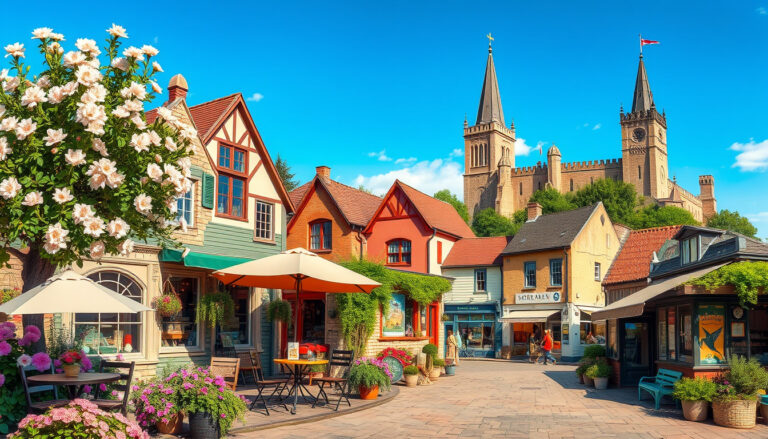In our rapidly evolving world, the term ‘environmental impact‘ has become a pivotal subject of discussion among scientists, policymakers, and the general public alike.
As we face unprecedented challenges such as climate change, deforestation, and pollution, understanding the environmental impact of our actions is more crucial than ever.
This article delves into the nuances of environmental impact, examines key factors contributing to it, and highlights the role each individual can play in nurturing a sustainable future.
From innovative solutions to inspiring case studies, we aim to equip readers with the knowledge needed to actively participate in the global movement towards sustainability.


Case Studies: Successful Sustainable Practices
Costa Rica has emerged as a leader in environmental sustainability, particularly within its real estate sector.
A notable example is the development of eco-friendly communities that prioritize minimizing their environmental impact.
One such case study is the Bamboo Eco Village, located in the lush hills of the Central Valley.
This community has implemented a series of successful sustainable practices, such as utilizing bamboo as a primary construction material due to its fast growth and carbon-sequestering properties.
Furthermore, the village harnesses solar energy and features rainwater harvesting systems, reducing reliance on non-renewable resources.
These initiatives not only appeal to eco-conscious buyers but also contribute to preserving Costa Rica’s rich biodiversity.
Another example is the Osa Peninsula real estate projects, which are designed to blend seamlessly with the natural landscape, employing sustainable architecture that minimizes deforestation and promotes wildlife conservation.
Through these case studies, it’s clear that the commitment to sustainable practices is a vital aspect of the Costa Rica real estate market, making it an attractive option for those seeking to invest in properties that align with a greener future.
Conclusion: Building a Sustainable Future Together
In conclusion, as we move forward in shaping our communities, it is imperative to recognize the environmental impact of our choices.
Whether it’s through promoting green building practices or supporting renewable energy initiatives, every action counts towards creating a sustainable future.
By collaborating with local organizations and engaging in community-driven projects, we can ensure that development aligns with environmental preservation.
Together, we can foster a harmonious balance between growth and sustainability, paving the way for generations to enjoy a thriving planet.
Frequently Asked Questions
What is environmental impact?
Environmental impact refers to the effect that human activities have on the environment, which can include changes in land use, pollution, depletion of natural resources, and loss of biodiversity.
How can individuals contribute to reducing their environmental impact?
Individuals can contribute by adopting sustainable practices such as reducing waste, recycling, using energy-efficient appliances, choosing sustainable transportation options, and supporting eco-friendly products.
What are some innovative solutions for reducing environmental impact?
Innovative solutions include the use of renewable energy sources like solar and wind, development of green technologies, sustainable farming practices, and waste management systems that focus on reducing and reusing materials.
Can you provide examples of successful sustainable practices?
Yes, examples include cities implementing urban green spaces to enhance biodiversity, companies adopting zero-waste policies, and communities transitioning to renewable energy sources to reduce their carbon footprint.
Why is it important to understand our role in environmental impact?
Understanding our role is crucial because it empowers us to make informed decisions and take actions that contribute to a healthier planet, ensuring that future generations can enjoy a sustainable and thriving environment.





